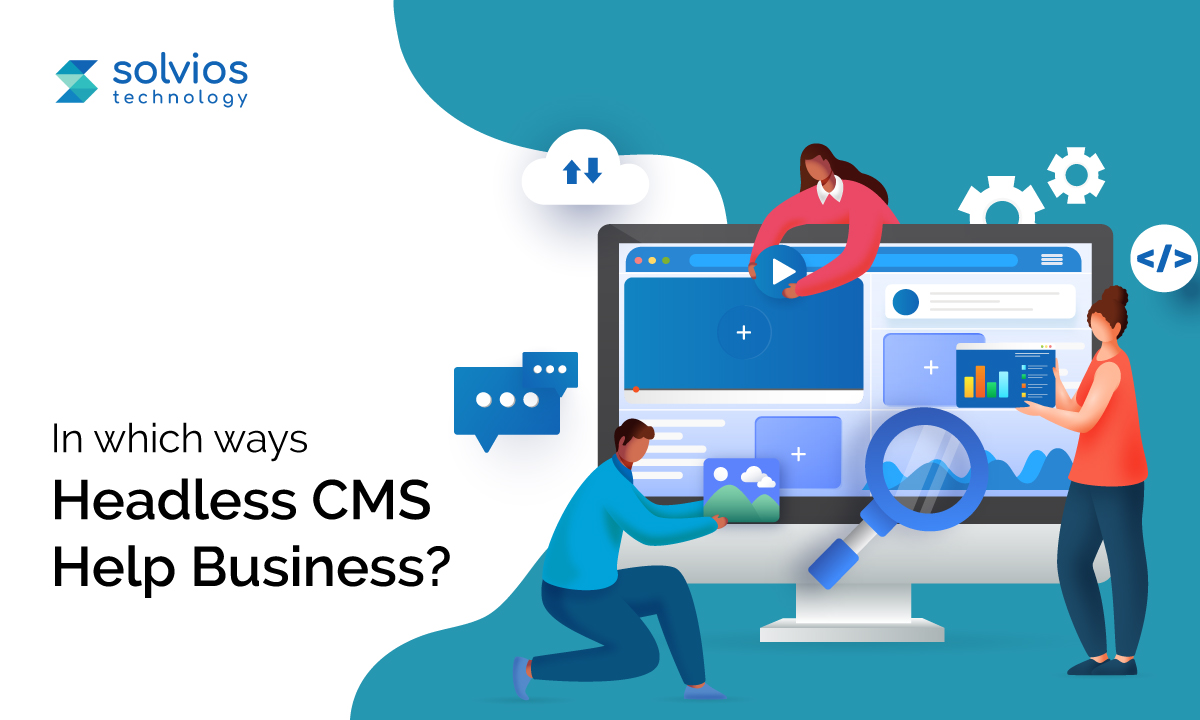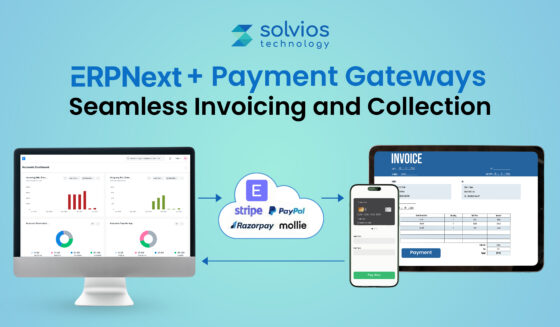
A headless content management system (CMS) is a type of system that allows for the creation, organization, and publication of digital content. The main difference between a headless CMS and a traditional CMS is that the former does not have a front-end presentation layer.
This means that the content is managed and stored on the backend and then made available to front-end applications via APIs. This allows for content to be displayed on any platform, such as the web, mobile, or other digital devices.
As the content is stored in a central repository, it can be accessed easily and quickly by developers. Additionally, the system is highly scalable, making it suitable for large enterprises. Furthermore, due to the modular structure of the CMS, developers have the ability to customize and add features that are specific to their needs.
A headless CMS is also highly secure, as it can be integrated with other security systems. This ensures that the content is only accessible to authorized users. With the increasing need for digital content, the headless CMS has become an increasingly popular choice for businesses. It offers flexibility, scalability, security, and a cost-effective way.
In what ways does Headless CMS help businesses?
Content Optimization
For businesses looking to optimize their content management, a headless content management system has become a popular option. With a headless CMS, businesses can separate their content from the presentation layer, which allows them to utilize any sort of frontend technology to present their content. By using a headless CMS, businesses can easily manage content and create a more streamlined experience for their users.
Unified Content Experience
A headless CMS also helps businesses create a more unified content experience across all devices. By separating content from presentation, businesses can leverage the same content for mobile and desktop users to create better user experiences. Additionally, businesses can also create a single source of content that can be used for multiple channels, such as websites, mobile apps, and social media platforms.
Content that is simple to manage and is regularly updated
With a headless CMS, businesses can effortlessly update content and have it reflected across all channels, providing a more consistent user experience. Additionally, businesses can use a headless content management system to quickly roll out content updates across all devices, eliminating the need to manually update different versions of their content.
Hire Solvios Technology
Hire UsMake use of modern technologies
With a headless content management system, businesses can also leverage modern technologies like artificial intelligence and machine learning to personalize content and create better user experiences. By leveraging these technologies, businesses can create content that is tailored to each user’s individual needs and interests. This helps businesses create more engaging experiences for their users, which can lead to increased customer engagement and loyalty.
Saves time and money
A headless CMS can help businesses save time and money when creating and managing content. By separating the backend and front-end developers can create a single source of content that can be used across multiple platforms. This means that developers don’t have to create and manage multiple versions of the same content, saving time and money.
Greater Flexibility
The advantage of Headless CMS is that it allows for greater flexibility in content management. This is because it separates the back-end structure of content from the presentation layer of content. This means that businesses can easily create, manage, and publish content without reliance on a specific website or app. This also allows businesses to manage content across multiple devices, platforms, and channels without having to manually migrate content from one platform to another.
How Custom Software Development
Read MoreEasy Integration
It’s easier to integrate content with various applications, such as mobile applications and chatbots. This is because the content is stored on a centralized server, making it easier for developers to access and modify content quickly. Additionally, businesses can easily deploy new content to different devices, platforms, and channels without having to manually migrate content from one platform to another.
Highly Scalable
Headless CMS systems are highly scalable, allowing businesses to quickly scale up their content management capabilities. This is because the content is stored on a centralized server, making it easier for businesses to quickly add new content or update existing content. Furthermore, businesses can create and manage content quickly and easily with the help of APIs and other tools.
Why Should You Hire Solvios Technology for Headless CMS?
Solvios Technology is a seasoned team of headless CMS developers that work with you as a team extension. With our strategy, consulting, and project management, we work with our clients to help them go headless. As a reliable partner, we can serve you as a long-term business partner to help your business grow.
Final Words
A headless CMS provides businesses with a number of advantages, such as more unified content experiences across multiple devices, more efficient content updates, and the ability to personalize content for users. With a headless CMS, businesses can easily connect with customers, respond quickly to market opportunities, and organize content operations flawlessly.
Drop Us a Line to Discuss Your Headless CMS
Lets ChatTags
Related Blog
Want to get started with App Development?
These applications are acquiring enormous prevalence by offering hands-on enterprise mobility solutions for organizations around the globe.
Start A Conversation















